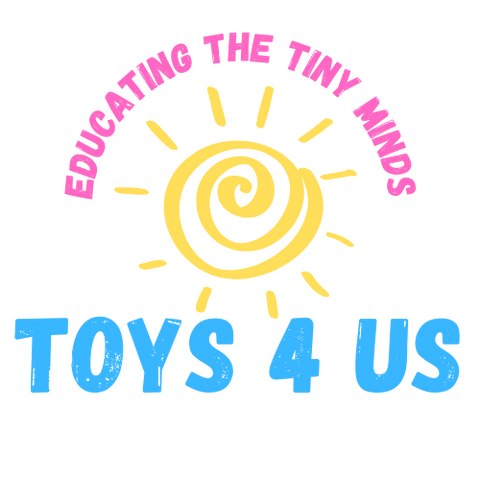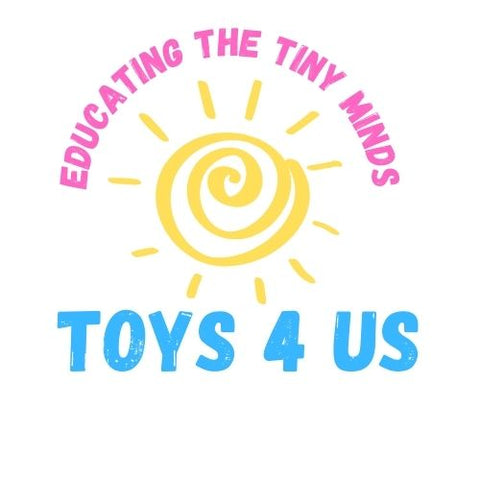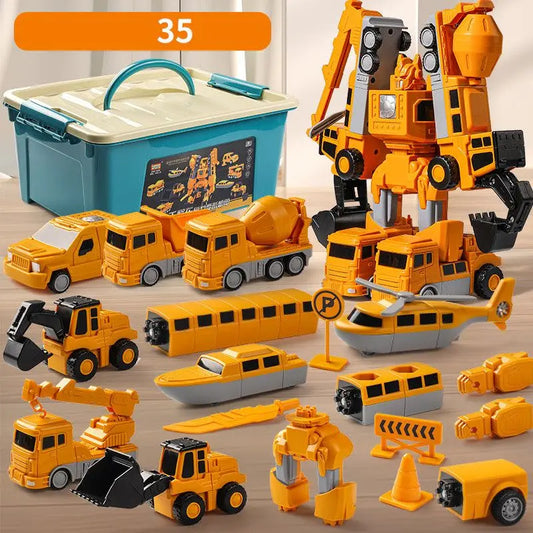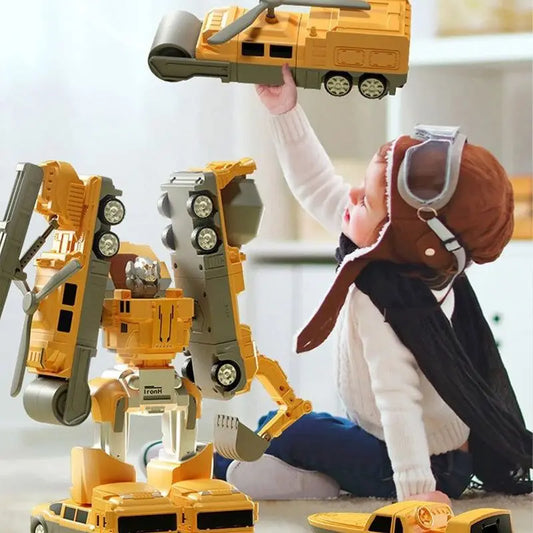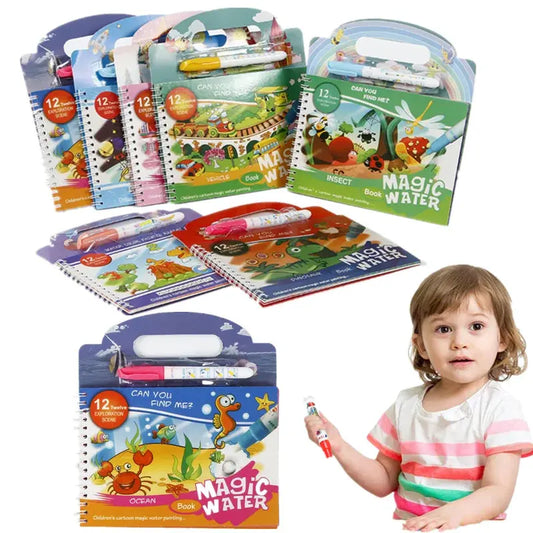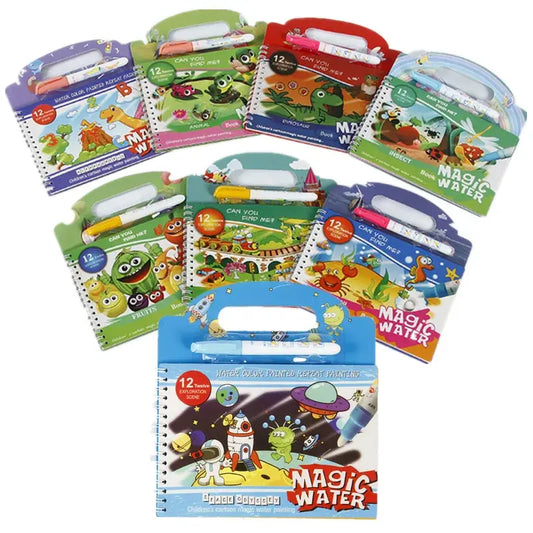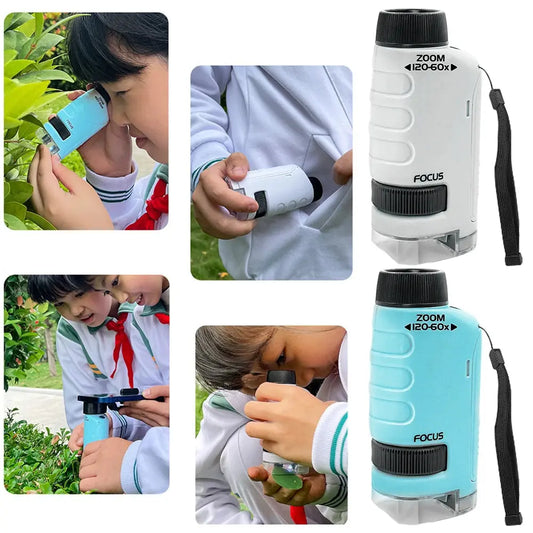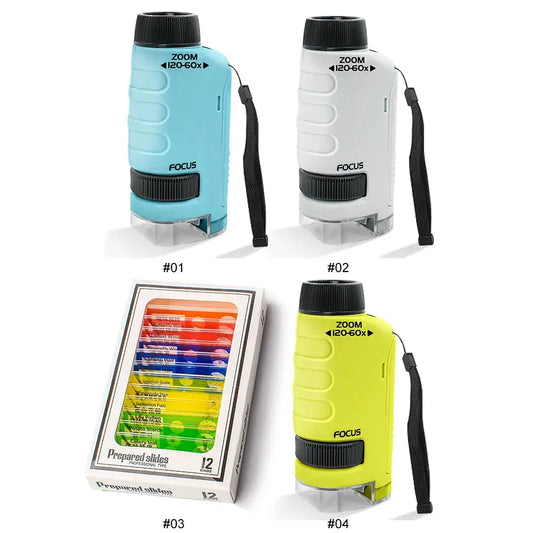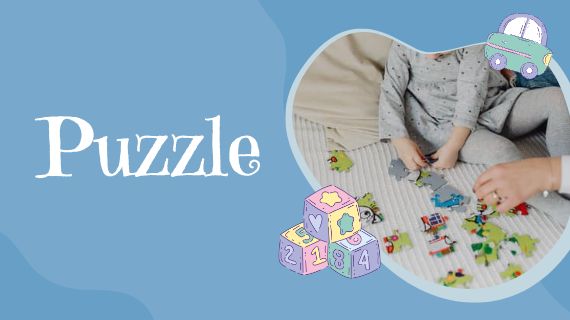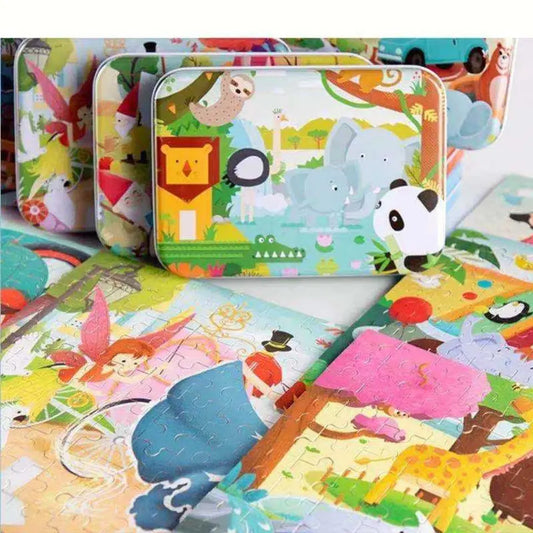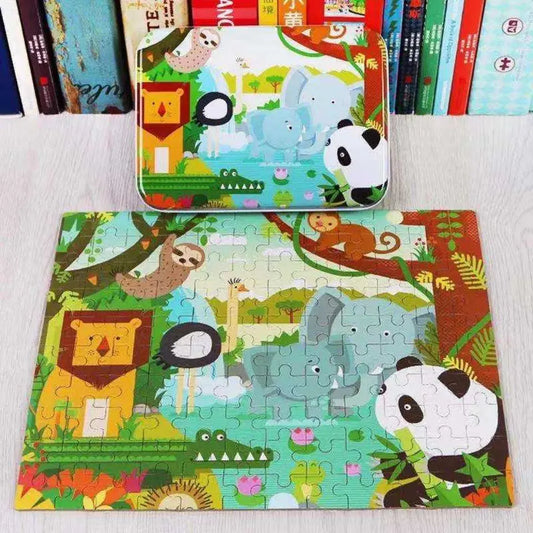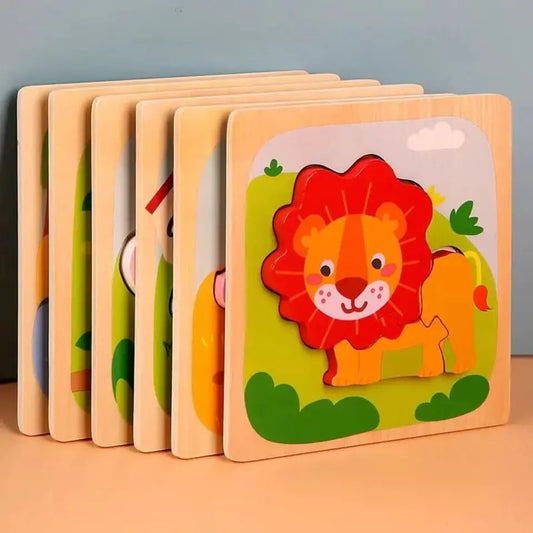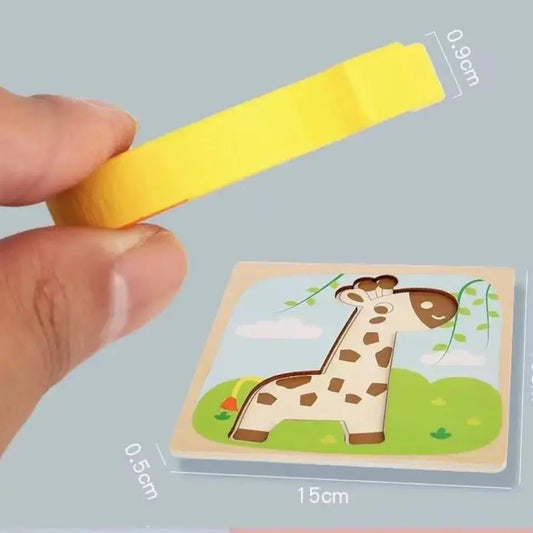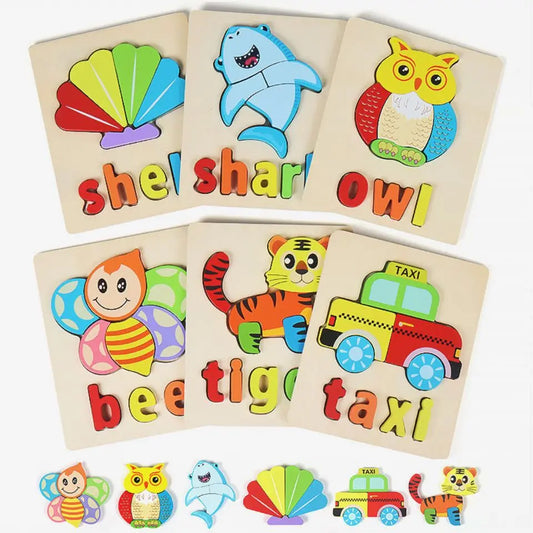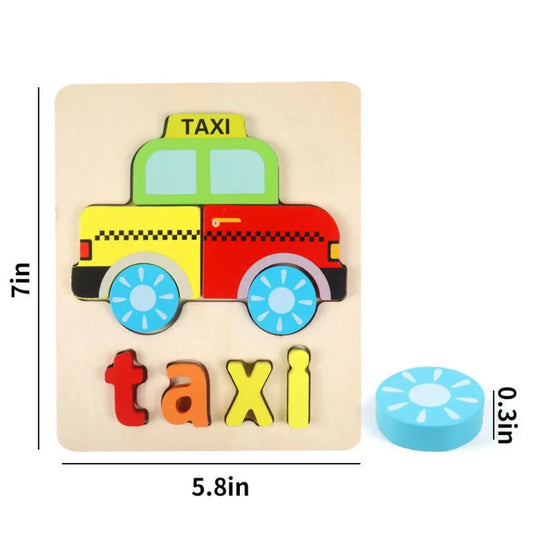Encouraging Sensory Exploration and Motor Skills by Montessori Toys: Montessori toys are designed to support children's natural development by encouraging exploration, discovery, and the development of essential skills. These toys are based on the Montessori method, which emphasizes hands-on learning and independence from an early age. In this Guide to Montessori Toys in Australia, we will focus on how these toys help enhance sensory exploration and motor skills in children, especially during the early years. Whether you're looking for Montessori Toys for Infants or older children, Montessori Toys Australia offers a wide range of toys that engage a child’s senses while promoting their physical and cognitive growth.
Sensory play is a fundamental part of early childhood development, as it helps children make sense of the world through their senses. Montessori toys such as texture boards, bead threading sets, and sensory bins are excellent tools for sensory exploration. These toys are crafted from natural materials like wood, which allows children to explore different textures and develop an understanding of various sensations. Additionally, these toys provide opportunities for children to develop fine motor skills by manipulating small objects, which is crucial for tasks such as writing, dressing, and other everyday activities.
Encouraging Sensory Exploration and Motor Skills with Montessori Toys
In the early years of a child’s life, sensory exploration and motor skills development are crucial components of their growth. The Montessori method has long recognized the importance of providing children with opportunities to engage their senses and refine their motor abilities. Montessori toys, which are designed to be simple, purposeful, and open-ended, offer the perfect tools for this type of learning. These toys encourage children to explore their environment through touch, sight, sound, and movement, while also promoting physical coordination and fine motor skills.
In this article, we will explore how Montessori toys help children develop their sensory and motor abilities, and why these toys are superior to conventional ones when it comes to supporting early childhood development. We will look at various types of Montessori toys, their benefits, and how they can be incorporated into everyday playtime to help children thrive.

1. The Importance of Sensory Play in Child Development
Sensory play is essential for young children as it allows them to explore and understand the world through their senses. Sensory experiences stimulate brain development by helping children make connections between different sensory inputs and the objects around them. For instance, when a child touches a rough surface, they learn about texture, or when they hear a rattle, they learn about sound and movement.
Montessori toys are designed to engage children’s senses in meaningful ways, offering a range of tactile, auditory, and visual experiences. These toys provide children with the opportunity to explore different materials, textures, and shapes. Sensory toys like texture boards, sound cylinders, and tactile puzzles encourage children to use their senses to discover how objects feel, sound, and behave, fostering a deeper understanding of the world around them.
For example, Montessori texture boards feature various materials such as sandpaper, fabric, and wood, allowing children to explore a range of textures. These experiences are crucial for developing sensory awareness and building the brain’s capacity to process sensory information. Sensory play also supports emotional regulation, as it helps children calm down and focus on a task, improving their ability to manage stress and frustration.

2. How Montessori Toys Support Fine Motor Skills
Motor skill development, especially fine motor skills, is another key area of focus in early childhood. Fine motor skills involve the coordination of small muscles in the hands and fingers, which are necessary for tasks like writing, drawing, and manipulating objects. Montessori toys are designed to support these skills by offering activities that require precise hand movements and coordination.
Toys like stacking rings, bead threading sets, and pegboards are excellent examples of Montessori materials that promote fine motor skill development. These toys encourage children to use their fingers to grip, manipulate, and arrange objects, helping to strengthen their hand muscles and improve hand-eye coordination.
-
Bead Threading Sets: Bead threading activities involve children stringing beads onto a thread, developing their pincer grasp and finger strength. These activities require focus and concentration, helping children improve their dexterity and precision.
-
Stacking Rings: Montessori stacking toys require children to place rings in the correct order on a peg, promoting coordination and problem-solving skills. As children manipulate the rings, they practice using their hands to complete a task, enhancing their fine motor abilities.
By providing children with toys that challenge their motor skills, Montessori toys help build the foundation for more complex physical tasks later in life, such as writing and using tools.

3. Gross Motor Skill Development Through Montessori Play
Gross motor skills involve the coordination of larger muscle groups used for activities like running, jumping, and balancing. Montessori toys that promote physical movement and balance are designed to help children develop these gross motor skills in a safe and structured way.
-
Balance Boards: Montessori balance boards challenge children to maintain balance while standing or moving on the board. These toys help improve core strength, stability, and coordination, all of which are essential for physical development.
-
Climbing Structures: Low climbing structures and ladders provide children with the opportunity to test their physical limits, building confidence and body awareness as they climb and move.
In addition to promoting physical activity, gross motor play also helps children build resilience, as they learn to overcome physical challenges and try again when they fall or stumble. Montessori toys encourage children to practice these skills at their own pace, fostering independence and self-reliance.
4. Combining Sensory and Motor Development Through Play
One of the unique strengths of Montessori toys is their ability to combine sensory exploration with motor skill development. Many Montessori toys are designed to engage both the senses and the body, providing a holistic approach to learning and growth.
For example, sand and water play tables allow children to explore different textures and materials while also practicing hand movements like scooping, pouring, and molding. These activities engage both fine motor skills and sensory processing, helping children learn about the physical properties of different materials while developing coordination.
Tactile puzzles and shape sorters are other examples of toys that engage multiple senses while promoting motor skills. As children manipulate puzzle pieces or shapes, they use their fingers to feel the objects and their minds to understand how they fit together. This type of play helps children develop spatial awareness, problem-solving skills, and sensory integration.
By offering toys that encourage sensory and motor exploration, Montessori toys support a child’s development in a more integrated and meaningful way, allowing them to learn through play.

5. Incorporating Montessori Toys into Daily Playtime
Montessori toys are highly effective at supporting sensory exploration and motor development, but they are also simple to incorporate into everyday play. Whether at home or in a learning environment, parents and educators can create play spaces that encourage children to engage with Montessori materials in a structured yet flexible way.
Organizing toys on low shelves allows children to choose what they want to play with, promoting independence and decision-making skills. Rotating toys regularly keeps children engaged and ensures that they are continually exposed to new challenges and experiences.
Parents can also model how to use Montessori toys while allowing children to explore them independently. For example, introducing a child to bead threading by showing them how to string a few beads can help them get started, but giving them space to practice on their own builds confidence and self-sufficiency.
By creating a play environment that encourages sensory and motor exploration, parents can support their child’s development in a fun and engaging way.
Conclusion: The Power of Montessori Toys for Sensory and Motor Development
Montessori toys provide a unique and effective way to encourage children’s sensory exploration and motor skill development. By engaging children’s senses and promoting physical coordination, these toys offer a holistic approach to learning that supports early childhood growth in meaningful ways. From fine motor skills developed through bead threading to gross motor skills practiced on balance boards, Montessori toys help children build the foundation for more complex tasks as they grow.
For parents and educators looking to create a learning environment that fosters both sensory and physical development, Montessori toys are an invaluable resource. They offer children the tools they need to explore, create, and learn independently, laying the groundwork for future success.
